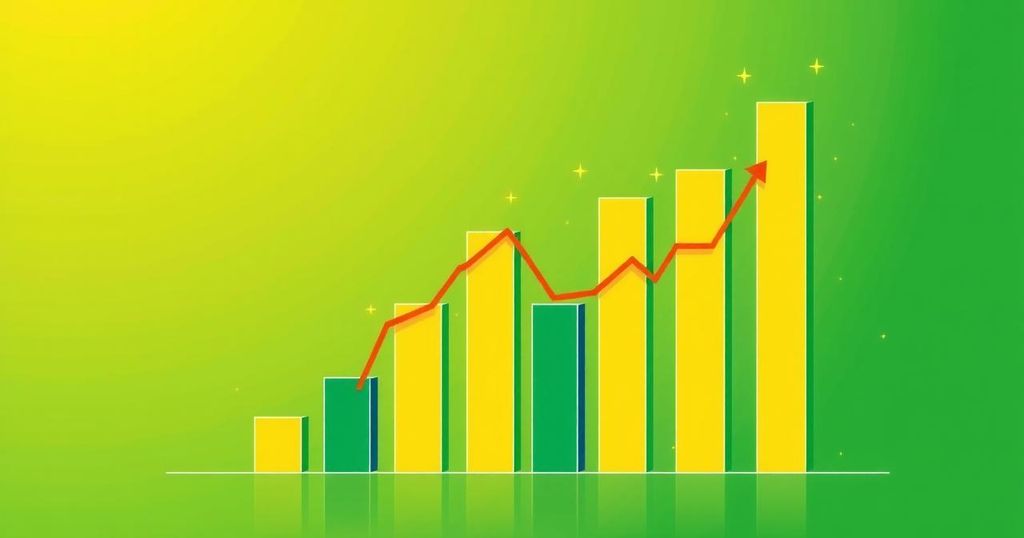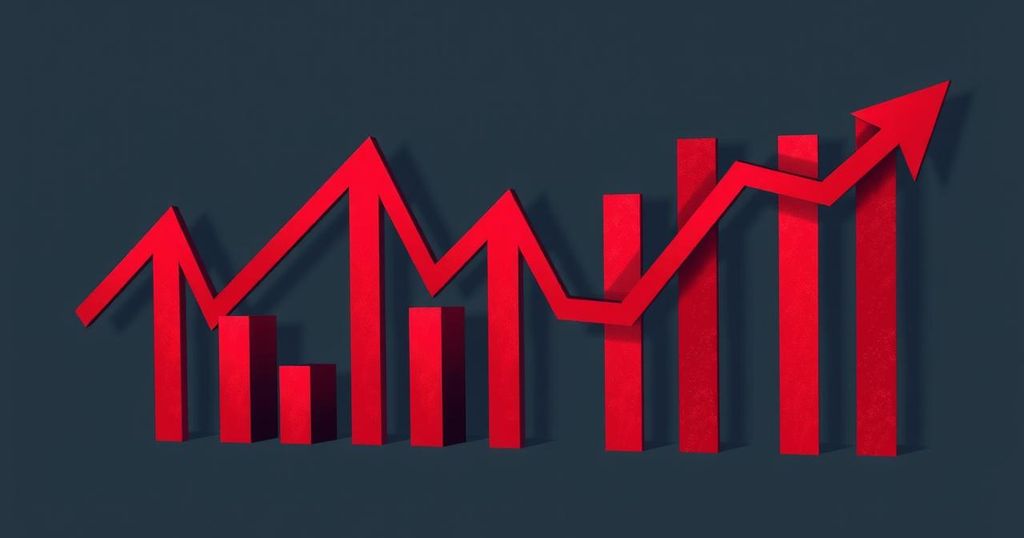The Central Bank of Brazil increased its Selic rate to 14.25% in March 2025, targeting inflation management while supporting economic stability and employment. External uncertainties, especially regarding US trade policy, complicate the environment, though domestic indicators show some dynamism. Inflation expectations have risen, prompting vigilance in policy adaptation.
In March 2025, the Central Bank of Brazil increased its Selic rate by 100 basis points, reaching 14.25%. This adjustment aims to manage inflation and ensure alignment with target levels. The Bank’s primary focus is on maintaining price stability while simultaneously addressing economic volatility and promoting full employment.
The current external environment poses challenges, especially with uncertainties surrounding US trade policy. These uncertainties have raised concerns regarding potential economic slowdown, disinflation, and the Federal Reserve’s approach to interest rates. Consequently, major central banks are actively working to bring inflation rates closer to their desired targets, despite ongoing pressures in labor markets.
On a domestic level, economic and labor market indicators indicate robustness; however, the growth pace is moderating. Notably, inflation expectations have significantly increased, with projections for 2025 and 2026 now set at 5.7% and 4.5%, respectively. The Committee remains vigilant and prepared to adapt its monetary policy as the economic landscape continues to change.
The Central Bank of Brazil’s decision to raise the Selic rate to 14.25% reflects its commitment to managing inflation while balancing economic stability. Amidst external challenges and rising inflation expectations, the central bank demonstrates a proactive approach to policy adjustments, ensuring readiness to respond to evolving economic conditions.
Original Source: www.tradingview.com




